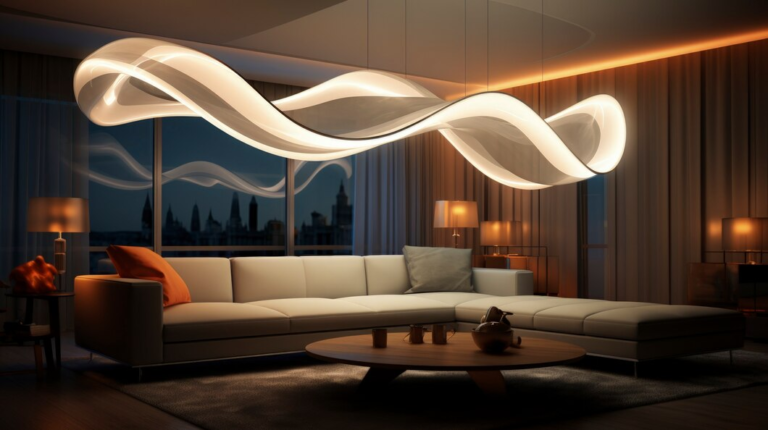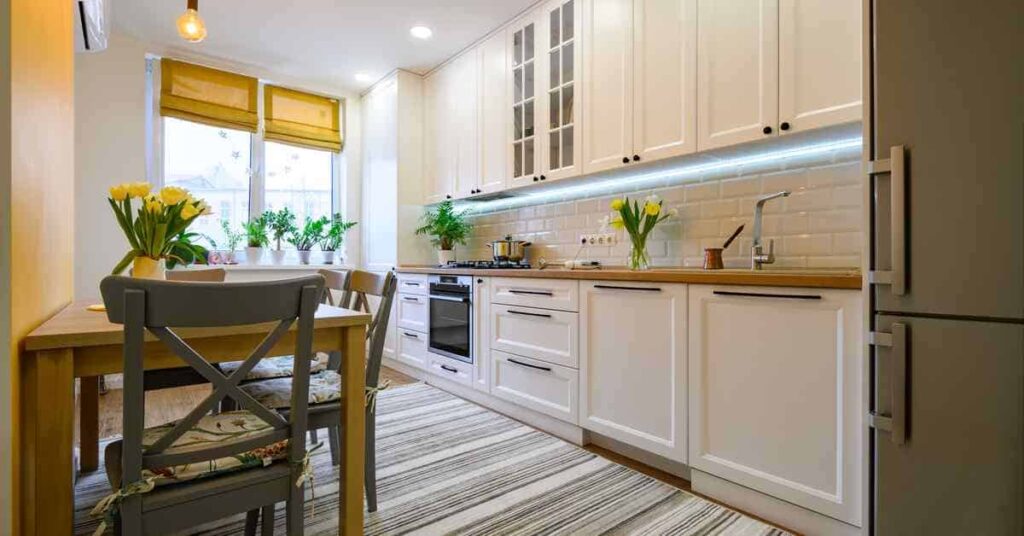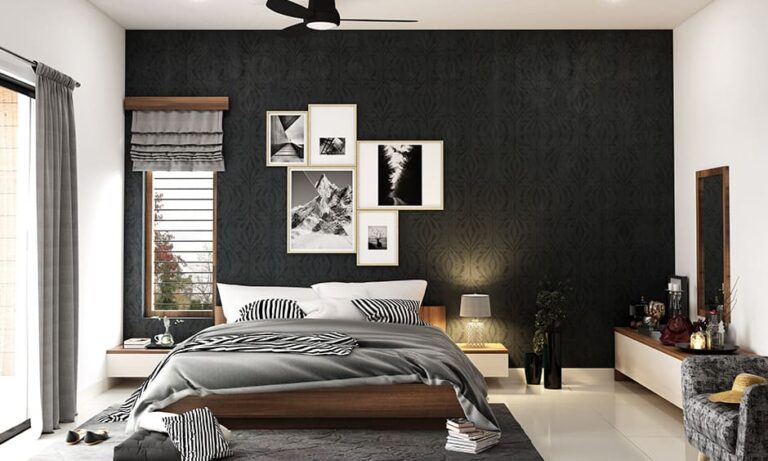When it comes to updating your kitchen or bathroom cabinets, choosing between spray painting and traditional brush or roller painting is a crucial decision. Each method has its advantages and drawbacks, and the right choice for your project depends on various factors such as the desired finish, budget, and skill level. This article will compare both methods to help you decide which yields better results for your cabinet makeover.
1. Quality of Finish
Spray Painting: Spray painting provides a smooth, even finish that is difficult to achieve with a brush or roller. The fine mist of paint from a sprayer minimizes brush strokes and roller marks, resulting in a professional-looking finish. This method is ideal for achieving a factory-like finish, especially on flat surfaces and intricate details.
Brush/Roller Painting: Painting with a brush or roller can also produce a high-quality finish, but it requires more skill and patience to avoid visible brush strokes and roller marks. The finish may not be as smooth as spray painting, but with proper technique and high-quality tools, you can achieve a satisfactory result. This method is better suited for those who prefer a more hands-on approach and don’t mind spending extra time on the project.
2. Speed and Efficiency
Spray Painting: Spray painting is generally faster than brush or roller painting, especially for large surfaces. A sprayer can cover a large area quickly and efficiently, reducing the overall project time. However, the setup and cleanup for spray painting can be time-consuming, as you need to mask off surrounding areas to avoid overspray.
Brush/Roller Painting: While brush and roller painting takes longer, it has a simpler setup and cleanup process. You don’t need to mask off as many areas, and the tools are easier to clean. This method allows for more control and precision, making it easier to touch up small areas or apply multiple coats.
3. Cost Considerations
Spray Painting: Spray painting can be more expensive due to the cost of the sprayer and additional materials such as masking tape, drop cloths, and plastic sheeting. However, if you already own a sprayer or can rent one, the cost may be more manageable. The quality of the finish may justify the higher initial expense.
Brush/Roller Painting: Brush and roller painting is typically less expensive, as the tools required are more affordable and readily available. Brushes, rollers, and paint trays are inexpensive and can be reused for future projects. This method is cost-effective, especially for smaller projects or those on a tight budget.
4. Ease of Use
Spray Painting: Spray painting requires some practice to master the technique and achieve an even coat. Proper ventilation and protective gear are essential to ensure safety. Beginners may find it challenging to control the sprayer and avoid drips or overspray, but with some practice, it becomes easier.
Brush/Roller Painting: Brush and roller painting is more straightforward and beginner-friendly. It requires less specialized equipment and is easier to control. This method allows for more precision and is less likely to result in drips or uneven coverage, making it a good choice for those with limited painting experience.
5. Versatility
Spray Painting: Spray painting is highly versatile and can be used on various surfaces, including wood, metal, and plastic. It’s particularly effective for painting cabinet doors, frames, and intricate details. However, it may not be suitable for touch-ups or small areas that require more precision.
Brush/Roller Painting: Brush and roller painting is also versatile and can be used on a wide range of surfaces. It’s ideal for touch-ups, small projects, and areas that require detailed work. This method allows for more flexibility and control, making it easier to achieve a consistent finish on uneven surfaces or tight corners.
Conclusion
Both spray painting and brush/roller painting have their pros and cons, and the best method for your cabinet project depends on your specific needs and preferences.
Spray Painting:
- Best for a smooth, professional finish
- Faster for large surfaces
- Higher initial cost and setup time
- Requires practice and safety precautions
Brush/Roller Painting:
- More affordable and beginner-friendly
- Easier to control and touch up
- Suitable for small projects and detailed work
- May require more time and effort for a smooth finish
Ultimately, if you’re looking for a flawless, factory-like finish and are willing to invest in the equipment and practice, spray painting is an excellent choice. On the other hand, if you prefer a more hands-on approach with less upfront cost and complexity, brush and roller painting can yield great results with a bit of patience and technique.















